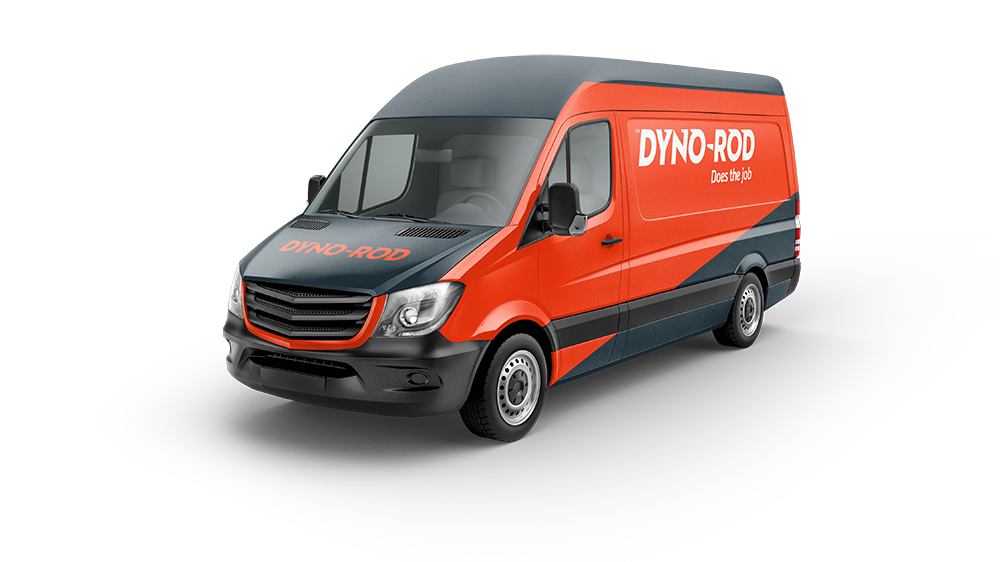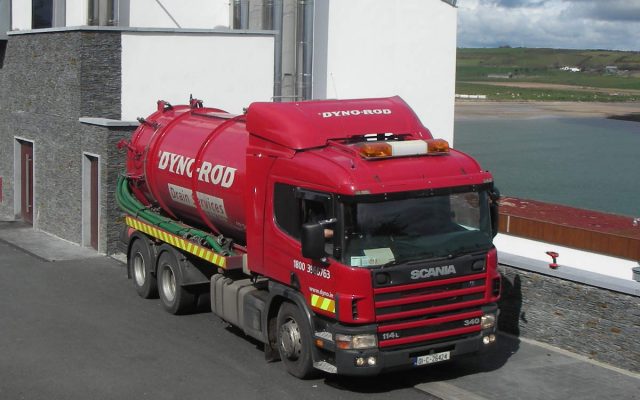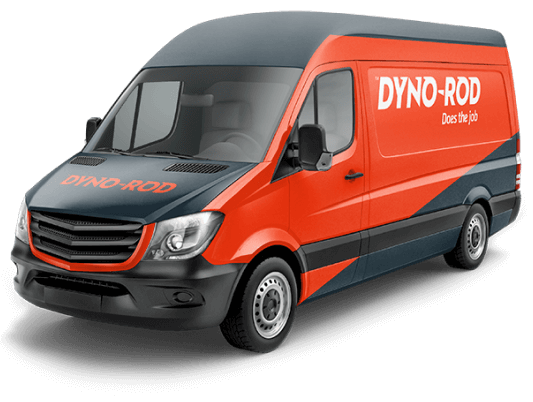Learning how your septic tank works can help you understand what’s happening when anything goes wrong. To understand how it’s structured, consider that within the unit are two separate compartments. All waste initially passes into the first compartment.
Breaking Down Waste
Within the compartment, waste passively separates into sludge, which sits at the bottom of the container, liquids and scum, which float the top. Your septic tank unit contains natural microbes which consume the sludge, helping to break it down.
Excess water from within the first compartment passes to the second compartment through a baffle which allows a gentle flow of liquid with a minimal amount of sludge or scum. Because of the natural passive way in which the water is transferred to this second compartment, there is much less sludge. But in the second compartment microbes are nonetheless busy at work further breaking down the wastewater. In the second compartment is another baffle that leads to the drainage field (percolation area). Excess treated water passes through this baffle and into the drainage field where it is passively discharged into the soil. At this stage the water is much safer and the microbes in the soil and grass of your drainage field is able to finish the process.
Modern domestic wastewater treatment systems are a little more complex and are likely to include an air blower to provide oxygen to the bacteria in the activated sludge for better treatment. There may also be a pumped discharge depending on the location or levels of the system and drainage field. Some properties may have a sand filter rather than a standard drainage field.
How a Septic Tank Works: What Can Go Wrong?
- If there’s an overload to your septic tank, such as through excessive usage of water, ingress of groundwater or rainwater passing into the tank
- Heavy usage of chemical cleaners can also kill the microbes within the unit, stunting its ability to break down the fats and oils and sludge within the unit.
- If you have a domestic wastewater treatment system rather than a traditional septic tank the mechanical and electrical components require maintenance and may break down over time due to wear and tear.
- The most common cause of trouble with septic tanks is that they are not de-sludged frequently enough.
This can lead to a septic tank failure, a backflow into your building’s toilets, or an overflow of unprocessed wastewater which can contaminate your drainage field or even the ground water. This will all be indicated with a foul smell but hopefully, you can prevent the unit from getting to this stage as this is all a sign of a failure. And once contaminants are released into the environment you are at risk of fines.
The best way to keep your septic tank in healthy shape it to have regular maintenance to ensure the sludge is regularly removed so it doesn’t accumulate, the biomass is in good health, the drainage field is working efficiently without clogging, and the baffles are clear of obstructions.
We provide a septic tank emptying service as well as a maintenance contract to ensure that everything is working smoothly for your unit. Contact us to find out if this is available in your area.


